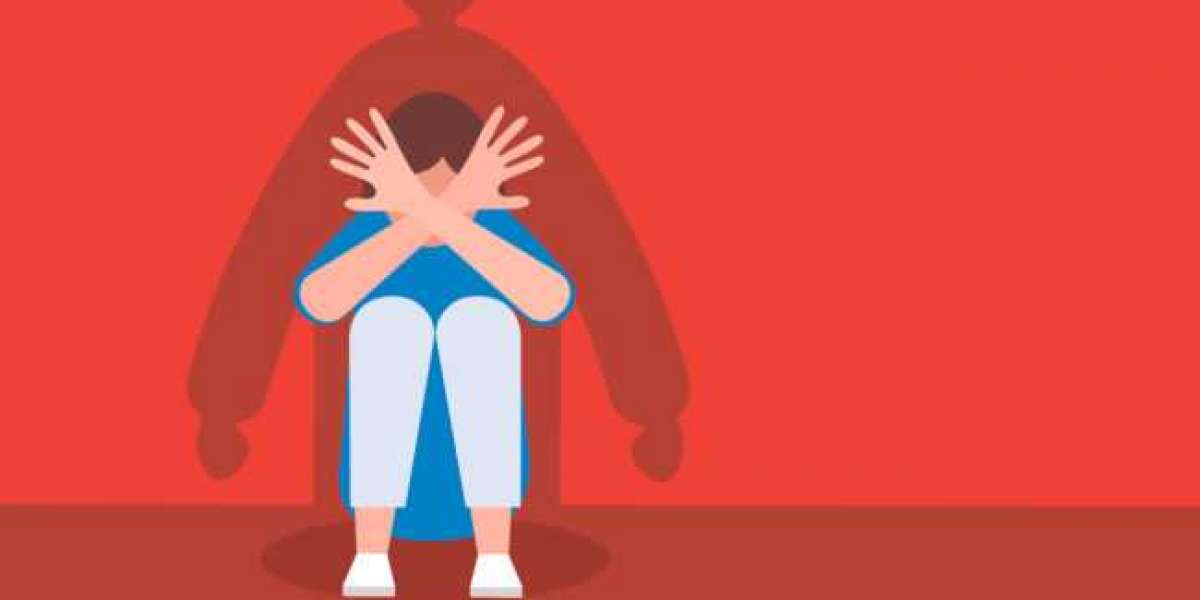Trauma can change a person's identity. For example, a traumatic experience that creates shame can make the person feel "damaged goods" or alienated from others. This can prevent them from reaching out for help from people with similar experiences. Instead, trauma survivors can seek support from people who share their story. This can lead to a better recovery. This article explores cognitive restructuring techniques for PTSD.
Identifying the source of your triggers
Identifying the source of your triggers is critical for your mental and emotional health. These triggers can be people, places, words, smells, colors, or other events. To find them, you must learn to pay attention to situations that make you feel extremely uncomfortable. When these situations occur, stop to examine your actions, emotions, and what happened to cause them.
Different people have different triggers. Understanding them can help you cope in the long run. Your triggers can be simple events, or complex experiences that you've gone through. These triggers can set off your emotional responses, causing negative thoughts and unhelpful behaviors.
Identifying the source for your feelings of safety
Identifying the source of your feelings of safety after trauma involves recognizing the source of your feelings. For example, someone who has suffered from a traffic accident may experience intense anxiety when driving a car, and this anxiety may be accompanied by flashbacks. A person experiencing a flashback may feel irrational panic, or experience crippling fear.
Traumatic life events are common, and can cut to the core of a person's being. These situations can happen at any age, and can change a person's entire world. Whether it's a school shooting, an incident in the workplace, or an exposure to an abusive environment, these experiences can leave people feeling traumatized.
Reconnecting with old friends
Trauma can disrupt our assumptions about safety and self-worth. We may feel guilty or ashamed, which fuel our negative experience of ourselves. We may also withdraw from relationships. These feelings are common after a traumatic event. Reconnecting with old friends can help us reclaim our sense of self.
Cognitive restructuring for PTSD
Cognitive restructuring is a therapy that helps a person reevaluate their thought patterns in response to traumatic events. This therapy involves revisiting traumatic events, identifying thought patterns, and then practicing new thinking patterns that will help the person become more safe. This therapy can help someone with PTSD develop new ways of thinking and coping with their traumatic experiences.
Treatment of PTSD includes medications and psychotherapy. It is important to seek help from a mental health professional who specializes in PTSD treatment. The best treatments are based on a thorough understanding of the disorder's causes and mechanisms.
Resilience of trauma survivors
Trauma survivors have the ability to overcome difficult circumstances, such as the effects of an accident or abuse. They can also face the effects of war or exposure to other traumatic events. They may also witness the death of a loved one, be subject to personal betrayal, or endure a medical diagnosis. Sacks Clinical Consulting recognizes this ability to persevere and develop meaningful steps forward from negative experiences.
There are several different ways to define resilience, but in general, it can be defined as the capacity to bounce back after a traumatic event. The construct of resilience is often used to assess child outcomes. For example, resilience in a child may be defined as the ability to avoid a traumatic event despite a high risk of future exposure. A third approach focuses on systemic change, in which researchers attempt to make a change at the system level.



